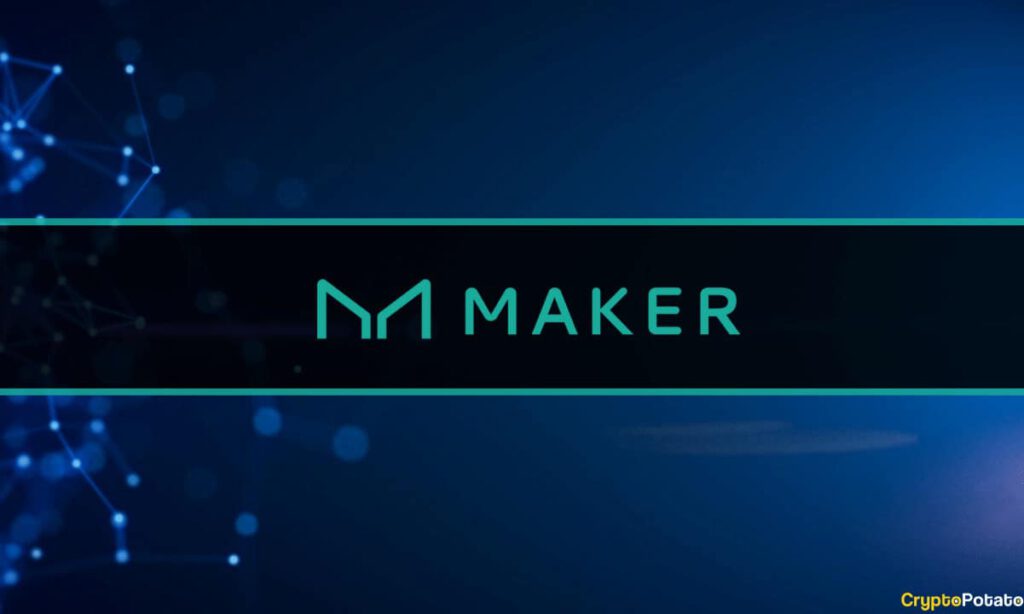The decentralized stablecoin protocol MakerDAO has committed to converting $500 Million of its DAI reserves into bonds and U.S. treasuries.
This marks the decentralized autonomous organization (DAO)’s the first investment in high-quality government debt.
- As MakerDAO explained over Twitter, MKR holders voted to deploy its peg stability module’s USDC on liquid bonds, using its recently created real-world asset Maker Vault.
- The allocation will consist of 20% investment-grade corporate bonds, and 80% U.S. treasuries.
- Only 1 million DAI worth of collateral has been deployed thus far, with the remainder requiring more executive votes to reach the newly established 500 million DAI debt ceiling.
- The move comes amid a broader effort among stablecoin issuers to prove their assets are backed by reliable reserves.
- Tether – the world’s largest stablecoin issuer – has repeatedly decreased its exposure to commercial paper this year. Its latest update suggested its commercial paper is down to just $50 million, while U.S. Treasuries comprise 58.1% of its $68 billion portfolio.
- Likewise, Circle and Paxos – custodians of USDC and BUSD respectively – revealed in July that their reserves are solely backed by either cash or U.S. government debt.
- Historically, MakerDAO has operated differently. In an effort to stay decentralized, its reserves have been backed by a basket of various cryptocurrencies. These have included other stablecoins like USDC, as well as volatile cryptocurrencies like Bitcoin and Ethereum.
- However, the DAO has been looking to become less dependent on USDC after Circle revealed its censorious hand in August – freezing USDC locked inside the privacy protocol TornadoCash.
- At the time, MakerDAO’s founder proposed moving the DAO’s USDC reserves entirely into Ethereum.
Binance Free $100 (Exclusive): Use this link to register and receive $100 free and 10% off fees on Binance Futures first month (terms).
PrimeXBT Special Offer: Use this link to register & enter POTATO50 code to receive up to $7,000 on your deposits.


